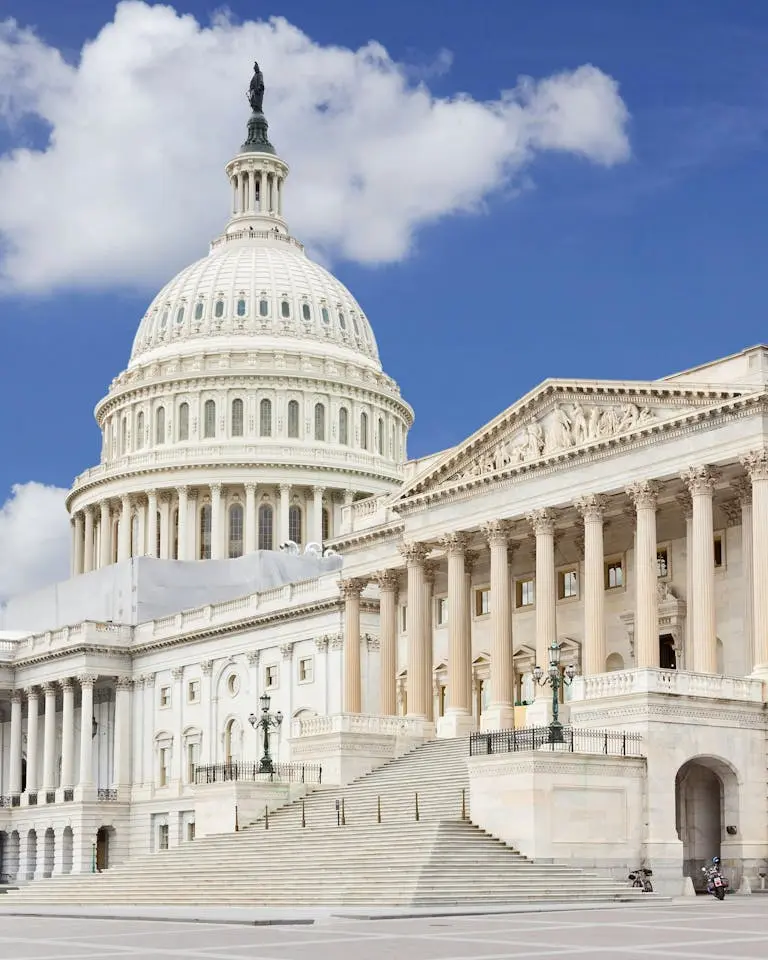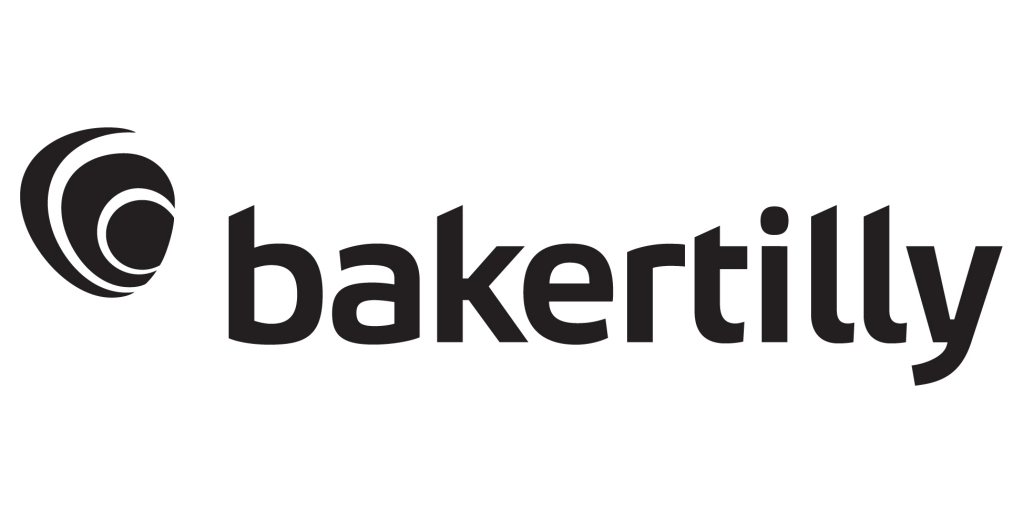Navigating OBBBA for the Technology and Life Sciences Industries

Authored by Baker Tilly’s Kunaal Patel, Michael Chen and Rich Croghan
The recently enacted One Big Beautiful Bill Act (OBBBA) marks one of the most sweeping legislative shifts affecting corporate governance, financing structures, and compliance obligations for companies operating in high-growth, innovation-driven industries. While the bill’s broad scope impacts companies across every sector, technology and life sciences firms—particularly those that are venture-backed, closely held, or recently public—face unique and immediate implications.
Here is a high-level look at some of the key provisions of OBBBA that are reshaping the landscape for technology and life sciences; areas that present risk and opportunity for companies navigating the act. Whether you're preparing for a funding round, evaluating M&A strategy, or managing evolving disclosure requirements, understanding how this new law reshapes the playing field is critical.
Key Corporate Implications
1. R&D Expenditures: Immediate Deductibility Restored
Effective for tax years beginning after Dec. 31, 2024, R&D expensing has been reinstated, which could be especially impactful for life sciences and tech innovators.
- Fully deduct domestic R&D expenses in the year incurred
- Foreign R&D must still be capitalized over 15 years
Planning opportunities:
- Retroactive refunds via amended returns may be possible (for small businesses with ≤ $31 million in gross receipts and that are not a tax shelter). On Aug. 28 the IRS issued guidance in Rev. Proc. 2025-28 for taxpayers to make certain elections and accounting method changes provided under §70302 of the OBBBA. Before making the election, speak with your Baker Tilly advisor.
- Option to continue amortizing expenses from 2022–2024
2. Qualified Small Business Stock (QSBS): Expanded Benefits
Modifications to Section 1202, small business stock gain exclusion, which may affect the attractiveness of qualifying stock for founders and investors in emerging technology and life sciences companies.
What changed:
- Holding period: Now phased in (3 years = 50%, 4 years = 75%, 5 years or more = 100% exclusion)
- Lifetime exemption: Increased from $10 million to $15 million
- Gross asset limit: Raised from $50 million to $75 million
3. Reinstatement of bonus depreciation for property
Permanently restores 100% bonus depreciation for qualifying property placed in service after Jan. 19, 2025.
- Property must be acquired and placed into service AFTER Jan. 19, 2025, for 100% bonus depreciation.
4. Interest Expense Deduction: Return to EBITDA-Based Calculation
Reverts to a more generous EBITDA-based interest expense limitation for tax years beginning after Dec. 31, 2024. This provision will allow a permanent addback of depreciation and amortization when calculating interest expense limits, potentially easing interest deductions for capital-intensive companies.
- Particularly beneficial for VC- or PE-backed tech companies with leveraged financing, improving after-tax profitability
5. Reforms to taxation on foreign income
Changes to Global Intangible Low-Taxed Income (GILTI) and Foreign-Derived Intangible Income (FDII) regimes that could reshape cross-border tax strategy for U.S. multinational companies.
- Renamed from Global Intangible Low-Taxed Income (GILTI) to Net CFC Tested Income (NCTI)
- Renamed from a Foreign-Derived Intangible Income (FDII) to Foreign-Derived Deduction eligible Income (FDDEI) deduction
- Section 250 deductions reduced, increasing the effective tax rate from 10.5% to 12.6% for NCTI and 13.125% to 14% for FDDEI, respectively
- Elimination of Qualified Business Asset Investment (QBAI)
- May result in more U.S. shareholders having (and being subject to tax on) deemed inclusions of NCTI where related CFC income would no longer be shielded by QBAI as a substance-based exclusion
- May result in more eligible domestic exporters reaping newfound (incremental) tax benefits through a FDDEI deduction made available on the first dollar of qualifying export income in the absence of a QBAI floor
- Narrowing of the expenses allocable to NCTI and FDDEI, respectively, generally works to reduce incidence of residual U.S. tax being due on deemed inclusions of NCTI having an effective rate of foreign taxation ≥14% and, separately, increase qualifying export income eligible for FDDEI deduction
Changes to pro rata share rules on allocation of subpart F and/or NCTI deemed inclusion amounts amongst buyer and seller as parties to an M&A transaction necessitate a closer look at agreements and anticipated deal economics
6. Introduction of book-to-tax conformity
The book-to-tax conformity may influence financial reporting and planning, particularly for public companies. OBBBA has sought to narrow some of the gaps between tax laws and financial reporting, introducing new planning challenges.
This is a critical time to continue to engage in meaningful dialogue about how these changes may impact your businesses, especially given the industry’s strong ties to innovation and global operations.
For more information on this topic or to learn how our specialists can help you navigate OBBBA, contact the team.

